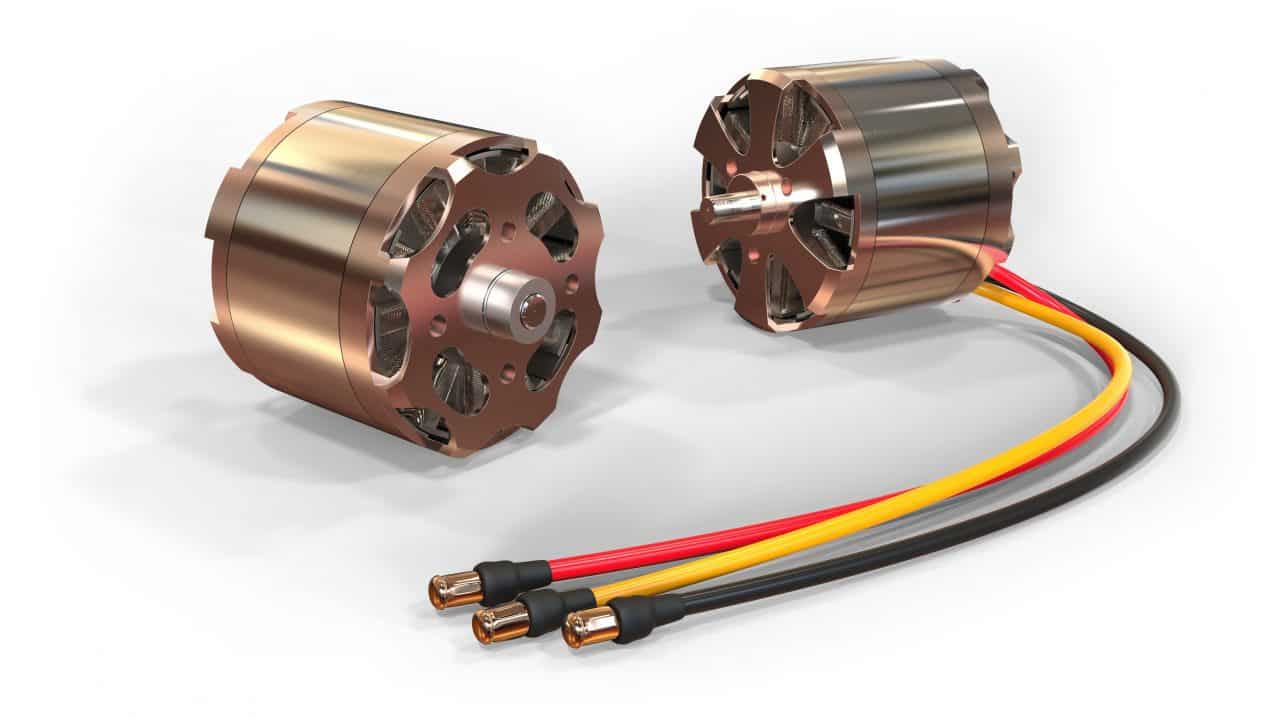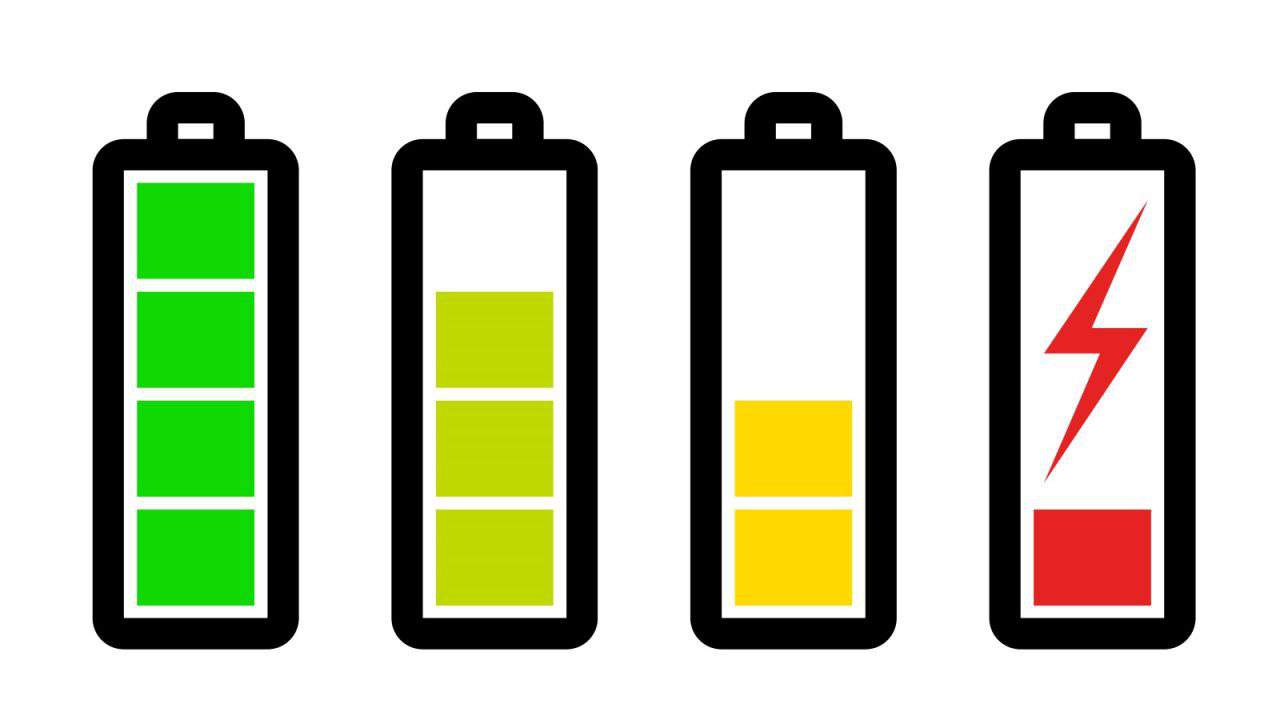A very common complaint about the myriad of vibrating sex toys on the market is that many of them are simply not powerful enough. This is an ongoing problem for toy manufacturers; how to find power sources that are exactly the right combination of powerful, quiet, inexpensive, and long-lasting.
We caught up with Paul Jaques, Quality and Technical Manager on the Product Development team at Lovehoney, to get his thoughts. Jaques worked with power tools for many years before moving into the adult industry with Lovehoney, and is responsible for overseeing the development of new products from concept to completion.
Power to the… motor
Lovehoney typically uses one of eight standard motors in each of its new products, depending upon the size and power level needed. All sex toy manufacturers that create products at a range of price-points will have a similar range of motor options at their disposal.
These range from the tiny N20 up to the 280 motor, which packs a punch power-wise but has the bulk to match. An N20 might be found in a bullet vibrator at an entry level price point. Combined with a disposable AA or AAA Alkaline dry cell battery, this would give about an hour of continuous play-time. At the other end of the spectrum, a 280 motor would be likely to feature in a larger and more expensive toy.
Dual motors are becoming more common in sex toys as manufacturers seek ever more powerful experiences.
“We were asked to develop a really powerful dual motor vibrato,” Paul explained of one challenging project. It was clear that experimentation would be needed in order to optimize the motors.
RPM is an important factor in selecting a motor and understanding how powerful it will be. For this particular project, the Lovehoney development team chose to go with two 130 motors, with a total of 5600RPM (for reference, the famed Doxy – touted regularly as “the most powerful vibrator in the world” – goes up to 9000 RPM at top speed.) The twin motors were also designed to counter-rotate, with continuous rotation on one motor and a pulse on the other. And all of this is powered by just three AA batteries.
The Desire male vibrating sex toy takes the dual motor idea one step further and uses three motors, which are programmed to give a “ripple” effect. The motors used here are 280 motors with bespoke die-cast counterweights in order to give the maximum amplitude. This all needs a lot of power, so it uses 700 mAh Li-ION batteries, which are rechargeable.
The result here, and advantage to the user, is that the toy gets a constant power supply – there is very little drop off in intensity as the battery runs down. The Li-ION packs are also much smaller than the equivalent Alkaline pack, which keeps the size and weight of the product to a reasonable level. This particular combination power supply unit proved so successful that it is now used in a number of other products. It is not cheap to produce, however, and therefore tends to be restricted to luxury toys – those priced in the £70 – £100+ range.

How many is enough?
Another product that presented numerous motor and battery challenges is the Uprize – a self-erecting dildo, something no toy company had successfully attempted. Early prototypes had threefold problems of being too loud (“the stepper motor system made a loud whine!” Paul tells us,), far too big and heavy. By the third prototype, these problems still persisted.
The answer, it turned out, was moving the battery in order to slightly slim the overall product profile, and moving away from the stepper motor and to a full metal gearbox. This made for a smoother, quieter movement and a much lighter product, though it did of course have a cost implication, putting the Uprize squarely into the ‘luxury toys’ price bracket – it retails for £129.99.
So now that we have triple-motor toys, toys which go from flaccid to erect at the touch of a buttom, toys which vibrate at up to 9000RPM and much more, what next for the sextech market?
Paul thinks that exciting things are on the horizon. “One item I believe we’ll be seeing much more of is the ‘super capacitor’,” he says. Scientist and Youtube video educator Julian Huguet describes capacitor technology as being on the brink of “massive leap forward.”
In describing its theoretical impact on the electric car industry, he explains that cars would be able to be charged in minutes and their batteries would last decades of continual use. Capacitors store static electricity, provide energy quickly, and do not degrade in the way that Li-ION batteries do. “No electrolytes, no shuffling ions!” as Huguet describes it.
However, the current problem with capacitors is the amount of energy they hold – currently, even a “supercapacitor” can hold only about 5% of the energy a Li-ION battery can. This means that they need charging extremely frequently. Despite the obstacles, Huguet believes batteries could be “on their way out in the next decade.” And if batteries can be replaced by capacitor technology in cars, why not eventually in sex toys too?
The idea of a toy that holds its power, rarely needs to be charged, charges quickly, and won’t depreciate over time? If this new cutting edge technology proceeds the way scientists are predicting, it could be a game changer for sex tech in the same way that it will be for cars.
“The technology has a way to go yet, but with the advance and interest in electric cars this development cycle is rapidly accelerating,” Paul said.
“It wont be too long – I hope!”
Read Next: Going deep: The tech behind the Autoblow AI









Leave a Reply